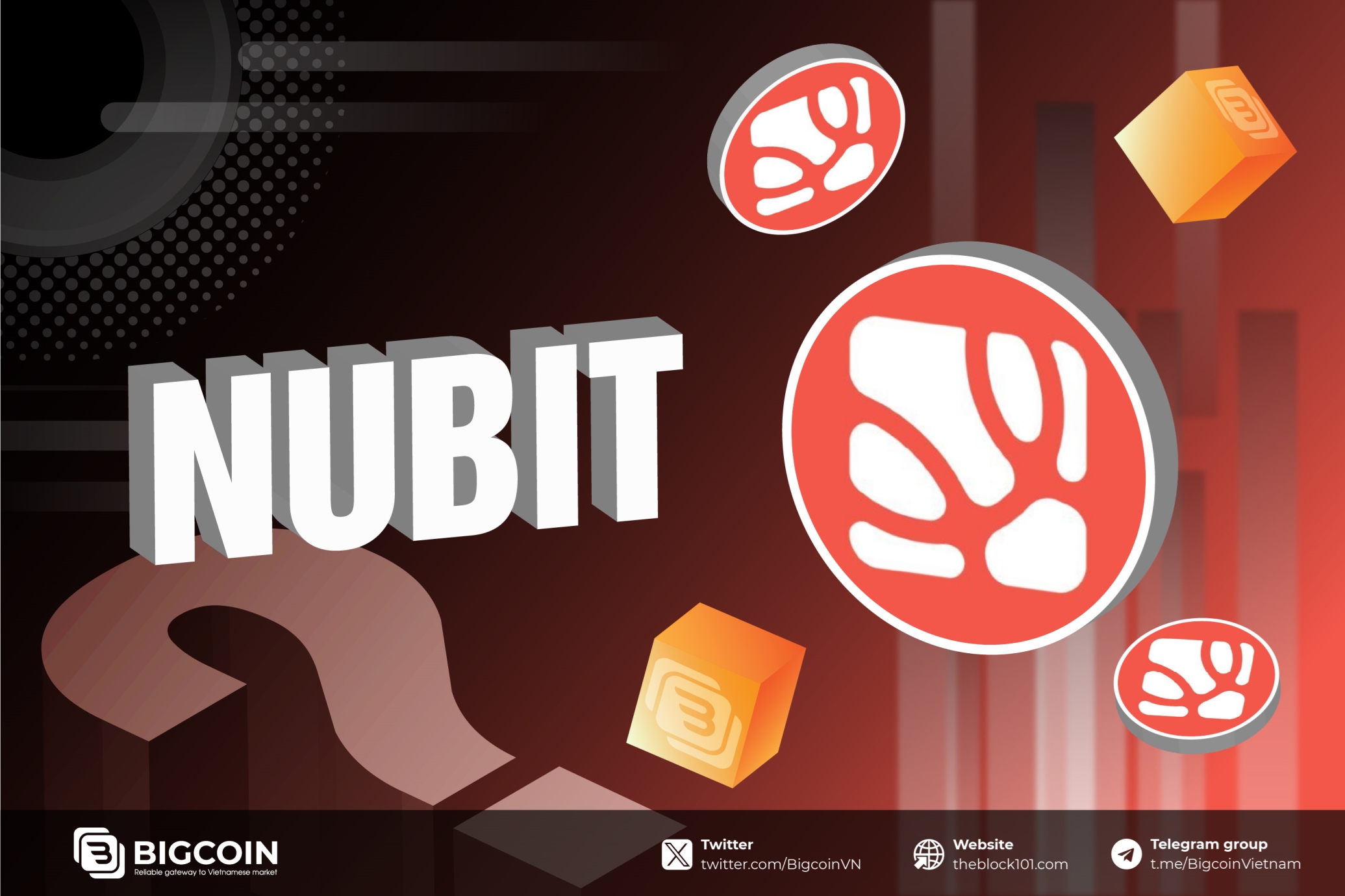Alright, I'll get straight to the point and explain why. The key to being profitable even with a 5/10 trading win rate lies in how I manage the risk/reward ratio combined with capital management.
First, let’s dive into the concept of the risk/reward ratio. It’s simple: risk is the amount of money you could lose if a trade goes against your prediction, while reward is the amount of money you could gain if the trade is successful. For example, if you lose $1 and gain $2 when you win, the risk/reward ratio is 1/2. Simple, right?
In English, the risk/reward ratio is called Risk/Reward. From now on, we’ll use this abbreviation.
As long as you maintain an R:R of 1/2 for your trades, even if you only win 5 out of 10 trades, you can still break even. It’s even better if the trades have an R:R of 1/2 or higher, such as 1/3 or 1/4, as this will make you a profitable trader. Let’s look at this table to understand better.
| Risk | Reward | Risk/Reward Ratio | Win rate required to Break Even |
| 100$ | 25$ | 4:1 | 80% |
| 100$ | 50$ | 2:1 | 67% |
| 100$ | 100$ | 1:1 | 50% |
| 100$ | 200$ | 1:2 | 33% |
| 100$ | 300$ | 1:3 | 25% |
| 100$ | 400$ | 1:4 | 20% |
| 100$ | 500$ | 1:5 | 17% |
| 100$ | 600$ | 1:6 | 14% |
You can see that if the R:R is 1:3, then you only need a 25% chance of success to break even. And with higher R:R in subsequent trades, you can become a successful trader in the market. The remarkable thing is that you don’t have to be a '100% win-rate' trader to still be profitable.
So, how is the risk/reward ratio determined?
There are many ways to determine the risk/reward ratio. However, I determine the R
ratio based on the trading strategies I use and the indicators. (Knowing in advance how much you will gain or lose is extremely important). In article #1, 'Bitcoin Investment Guide,' I outlined what you need in a trading plan. If you haven’t seen it yet, you can check it out here.
It might be a bit confusing for newbies without visual aids. Let’s take a look at the chart below.

To calculate the target price for this flag pattern, pull the flagpole and drop it at the breakout point to determine the target price. While not 100% accurate, this method is highly reliable. With my trading strategy, I can determine the R
ratio. We need to combine additional trading strategies to get a more accurate R:R ratio.
There are many other ways to calculate the R:R ratio, but due to the length, I won't cover them in this article.
At the beginning of the article, I mentioned combining capital management. Combining capital management with the R
ratio is crucial for helping traders succeed. For example, if you have $1000 in capital, each trade should use only 10% of that capital. Even if one trade fails, it won’t significantly impact your account, and you’ll still have money to continue trading and recover from the loss. According to the R:R ratio in the table above, if you maintain the R:R ratio and manage your capital well, even with 5 winning and 5 losing trades, you can still be a profitable trader. However, if you have $1000 and risk $500 or $1000 on each trade, you could potentially blow your account before you even have a chance to win.
In conclusion, if you allocate your capital well, manage your risk/reward ratio, and control your trading psychology, you can increase your win rate to 60-70% without being a master technical analyst. While it's easy to say, managing the R
ratio requires additional knowledge about trading strategies. If you follow recommendations from others, that's great—you can select the best ones to follow. Achieving a 60-70% win rate in trading also depends heavily on trading psychology, which I will discuss in article #3 of the Bitcoin Investment Guide.
Read more:

 English
English Tiếng Việt
Tiếng Việt
.jpg)














